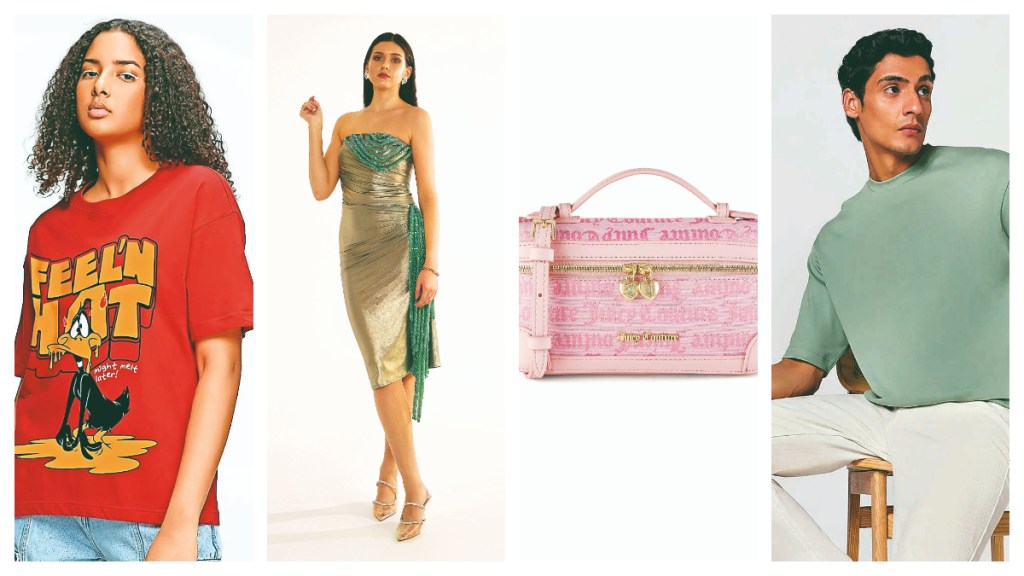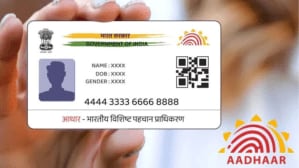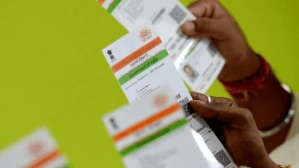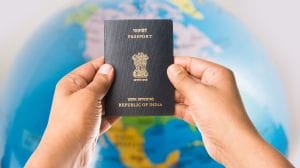Butterfly clips. Baby tees. Rhinestones. Low-rise everything. If you blinked in the early 2000s, you might have missed them, but not anymore. Yes, Y2K fashion is back—from Instagram feeds to red carpet looks, the aesthetics of the millennium era have stormed back into the cultural mainstream. What began as a niche trend in thrift circles has exploded into a global fashion revival, powered by Gen Z’s love for nostalgia and a digital aesthetic that mirrors the hyper-gloss of the early internet age.
“There’s a strange comfort in revisiting Y2K. It reminds me of a time when the future felt fun,” says Delhi-based Aditee Bahadur, a social media enthusiast, adding: “It’s escapism with glitter.”
Love for nostalgia
Y2K refers to a style movement inspired by the late 1990s and early 2000s and characterised by a blend of futuristic and playful aesthetics with bold, vibrant colours and textures. There’s streetwear, gender fluidity, and a bit of digital maximalism in every aspect.
High fashion international labels like Blumarine, Diesel, and Fiorucci are dusting off their archives, revamping Y2K looks for the runway. Even legacy brands like Balenciaga and Miu Miu’s Spring 2024 collection, for example, had cyber-glam elements.
“Y2K fashion has made a comeback with Gen Z’s love for nostalgia and self-expression. The early 2000s were bold and playful, a mood that resonates today,” says Prabhkiran Singh, founder of Bewakoof, a brand that offers quirky designs and stylish casual wear.
“We’re seeing strong demand for oversized tees, baggy pants, and pop-culture driven graphics. We’re mixing retro styles with anime, throwback visuals, and bold colours, and using AI to create content that fits the Y2K vibe and connects with today’s digital generation,” adds Singh, who feels that the trend is popular in the age group of 16-26 years.
Handbag brands like Miraggio and Juicy Couture have seen a growing demand for silhouettes and textures that echo early 2000s’ aesthetics—baguette bags, glossy finishes, vibrant colours, and denim patchwork. “Our Becky Shoulder Bag, for instance, taps directly into this trend with its compact shape and chic patchwork denim design,” says Mohit Jain, founder and CEO of Miraggio.
Abhinav Kumar, co-founder and CEO of Brand Concepts, a fashion retail house that introduced Juicy Couture handbags in India this year, says, “We have embraced Y2K elements like bold logos, oversized motifs, rhinestones, particularly the iconic baguette style that defined early 2000s’ fashion. The metallic, shimmery finishes and embellishments are synonymous with the era. One of the standout trends making a strong comeback is the velour tracksuit, a style that aligns seamlessly with our brand’s heritage.”
Juicy Couture also launched a Y2K-inspired collection in March and collaborated with Crocs to release a limited-edition line featuring pink, bedazzled clogs and Jibbitz charms.
Men’s premium lifestyle brand XYXX does not replicate the era’s style verbatim, but taps into its playful spirit—think colour-blocked loungewear, athletic-inspired silhouettes, and innerwear with bold branding and prints. “We’ve introduced cargo pants, reimagined in ripstop fabric for added durability and structure, and acid wash T-shirts, both of which are signature to the Y2K look.
The key is to strike a balance between retro influence and today’s comfort-driven lifestyle, and that’s where we believe Y2K truly finds relevance for our consumers,” adds Harshad Panchal, lead designer, XYXX. Products like acid-wash T-shirts and ripstop cargo pants fall squarely within the Y2K aesthetic, while oversized hoodies and cargo joggers are top selling items with search volumes doubling year over year, making the customer base to over 14 million across metros and emerging cities.
Similarly, The House of Rare, the company that owns and manages brands Rare Rabbit and Rareism, has Y2K-inspired pieces as more layered and modern takes made for work, evening, or weekend wear.
“The Rareism consumer is an urban woman, aged roughly 22-35 years, who values individuality, fluidity, and freedom of expression. She is looking for pieces that are versatile,” says Akshika Poddar, co-founder of The House of Rare.
Terra Luna, an eco-friendly khadi clothes brand for men and women, is making pieces like faye ruffled skirt and nitsa front-tie shirts as Y2K-coded and made from sustainable materials like khadi,” says Stuti Dhanuka, founder of Terra Luna.
However, brands like Aza Fashions observe that this segment stand apart from classic, occasion-focused shoppers in both purchase behaviour and aesthetic preferences. “We expect the Y2K trend to diversify in India and find traction in international markets where India-inspired fashion is gaining visibility. Over the past few years, we’ve witnessed consistent double-digit growth in this category, especially in the under `40,000 price bracket, with a strong push coming from metro cities and tier-1 digital consumers. This trend now extends beyond casual wear to statement festive and cocktail pieces,” says Devangi Nishar Parekh, MD, Aza Fashions, and founder, Araiya by Aza, a lab-grown diamond jewellery brand.
Reel to real
Back in the early 2000s, Kareena Kapoor’s Poo from the film Kabhi Khushi Kabhie Gham ruled Bollywood style with her low-rise jeans, glittery eyeshadow, and iconic butterfly clips. The Y2K wardrobe has a similar tone of bigger, brighter, and bolder look. In fact, the Y2K aesthetic has influenced Indian fashion with a blend of bold designs and traditional elements appearing in various collections and online stores.
Several celebrities have embraced its revival. Singers Dua Lipa, Bella Hadid and Hailey Bieber, have been seen sporting Y2K-inspired outfits, while Britney Spears, Christina Aguilera, and Paris Hilton are iconic figures of the original Y2K era, and their styles are now being revisited and celebrated in the current revival. Indian actors like Ananya Panday and Janhvi Kapoor, too, have embraced the Y2K vibe on and off screen.









